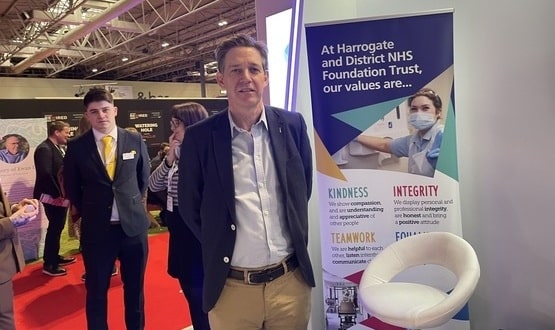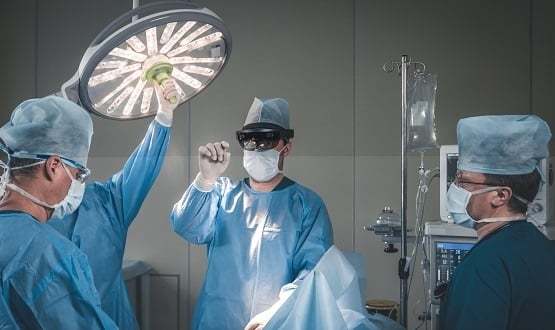Fully automated blood transfusion in Oxford
- 21 July 2005
The John Radcliffe Hospital, Oxford, has now completed a pilot of its fully automated blood transfusion process in five clinical areas that uses fridges unlocked by barcodes printed out from the patient’s bedside.
Mike Murphy, professor of blood transfusion medicine at Oxford Radcliffe Hospitals NHS Trust, said the system was already bringing benefits to patient safety: "We have documented that we have prevented one wrong blood transfusion."
 Since February, every part of the blood transfusion process has now been automated through Olympus osYris BloodTrack (right), which uses two-dimensional barcodes. The system is modular, consisting of the BloodTrack Courier system which controls access to fridges, and the SafeTx system, which aims to ensure that the correct blood is delivered to the correct person.
Since February, every part of the blood transfusion process has now been automated through Olympus osYris BloodTrack (right), which uses two-dimensional barcodes. The system is modular, consisting of the BloodTrack Courier system which controls access to fridges, and the SafeTx system, which aims to ensure that the correct blood is delivered to the correct person.
In the BloodTrack system, the patient’s blood sample goes to a laboratory with a barcode label and the blood banks use the barcode to scan the patient details into the record.
Then, when the blood is identified for the patient, the lab prints off a label that goes on the blood, with both the patient ID details and information about the blood to be transfused.
"One of the areas that’s identified as a risk area for patients receiving the wrong blood is if the wrong blood is collected from the fridge," said Professor Murphy. "The nurses on the ward might assume that they have been given the right blood, but the porter may not have done."
A portable computer is brought to the patient’s bedside, the wristband the patient is wearing is scanned and the computer prints off a sticker. The computer-controlled blood fridge is unlocked by the code on the sticker.
"All the bedside checking is already under electronic control," explained Professor Murphy. The codes are checked before the transfusion, and a permanent record of the transfusion plus details of any clinical events or adverse reactions can be printed out and stored in the patient record.
The system has been deployed in five of the seventy clinical areas across the hospital where blood transfusions take place – two haematology and three cardiac surgery areas. Plans are afoot to install the system in an intensive care ward.
Developments in progress include an electronic prescribing module for doctors. "We can check that the prescription is in line with the guidelines for the use of blood within that clinical area," says Murphy. For instance, if the patient’s blood count is too high for a blood transfusion to be effective, this will be flagged up in the system.
"As well as creating savings for the trust," explained Professor Murphy, "the only patients that are transfused are the ones who need it."
Murphy is also drawing up a strategic case plan that will help speed up implementations of the system throughout each of the relevant clinical areas.
According to figures released by Olympus, compliance with pre-transfusion bed checking rose from 14% to 100% since the introduction of the SafeTx system.
The team expects three other sites within Oxford Radcliffe Hospitals NHS Trust, namely the Radcliffe Infirmary, the Churchill Hospital and the Horton Hospital, to start receiving the system in around six months’ time. Approval has been given in principle for the systems to be deployed in other hospitals throughout the trust, although this is not yet finalised.
"We have been developing the system as we go and documenting the benefits," says Professor Murphy.
Julie Staves, blood bank manager at John Radcliffe, said: "Following the successful trial, we very much look forward to implementing Bloodtrack Courier across the Trust. We are hoping to introduce Bloodtrack SafeTx throughout the trust in due course."




